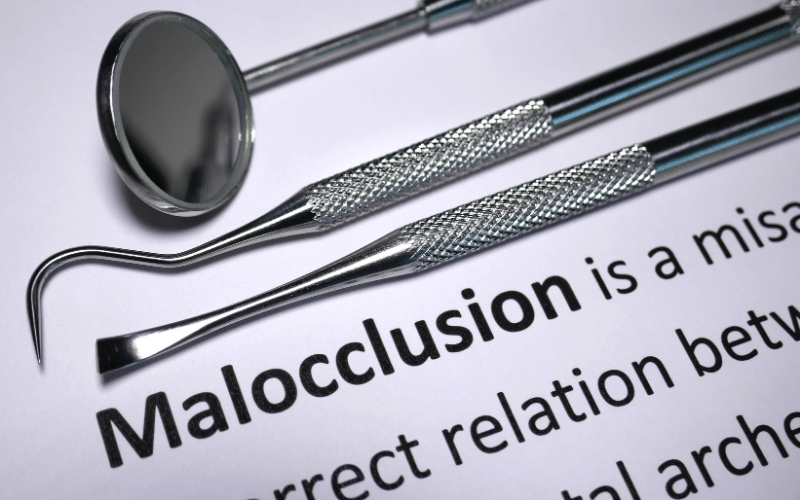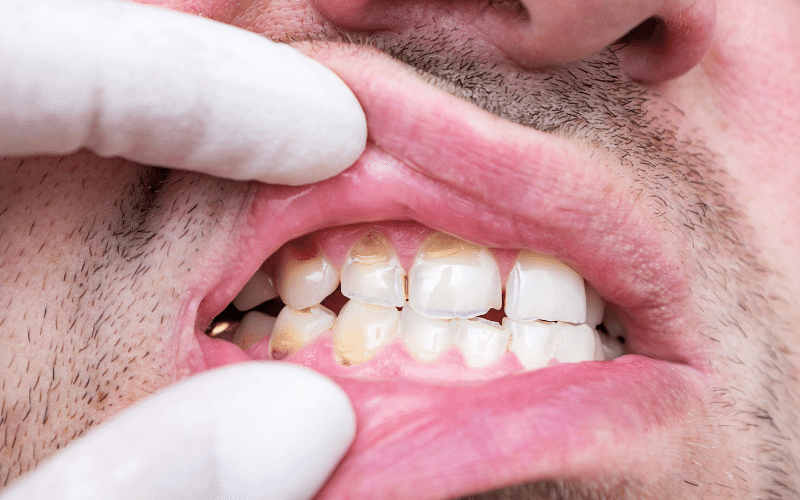Introduction: Malocclusion Unveiled
We’ve all been there – flipping through a magazine or scrolling on social media and stopping at those dazzling smiles. But, what if your smile isn’t perfectly aligned? What if your teeth don’t quite meet the way they should? Enter malocclusion, commonly referred to as a “bad bite”. This term, while sounding intricate, affects actions as routine as eating, speaking, and even breathing. But what causes it? How does it impact overall health? And more importantly, how can it be treated?

At a glance, malocclusion might seem like a minor inconvenience. After all, not everyone has that movie-star perfect alignment. But delve a little deeper, and the implications of malocclusion reach far beyond aesthetics. There’s the strain it places on your jaw muscles, the potential speech impediments, and even the risk of developing other health conditions. In this article, we’ll uncover the 10 most vital facts about malocclusion, giving you a clear understanding of its significance.
It’s easy to dismiss malocclusion as purely an aesthetic issue, something that doesn’t really “need” addressing. But, as we’ll discover, it’s so much more than that. Beyond the visible misalignment lies a host of potential complications, some of which can significantly impact one’s quality of life.
Fact 1: What is Malocclusion?

Malocclusion, at its very core, refers to the misalignment or the incorrect relation between the teeth of the two dental arches when they meet as the jaws close. It’s a dental anomaly where the top and bottom sets of teeth don’t harmonize, leading to a ‘bad bite’.
While it might seem like a mere overlapping or spacing issue, malocclusion can have varied presentations. Some might have a gap between their front teeth, while others may have crowded teeth jostling for space. This isn’t about mere aesthetics; it’s about functional harmony in the mouth.
Each dental arch, be it the upper (maxillary) or the lower (mandibular), plays a role in the bite. When either or both don’t form as they should, malocclusion arises. This could be due to genetics, external factors, or a combination of both.
Though it’s often spotted by looking at the surface alignment of teeth, the underlying causes of malocclusion can be multifaceted. From the jawbone’s development to the positioning of individual teeth, everything plays a part. (1)